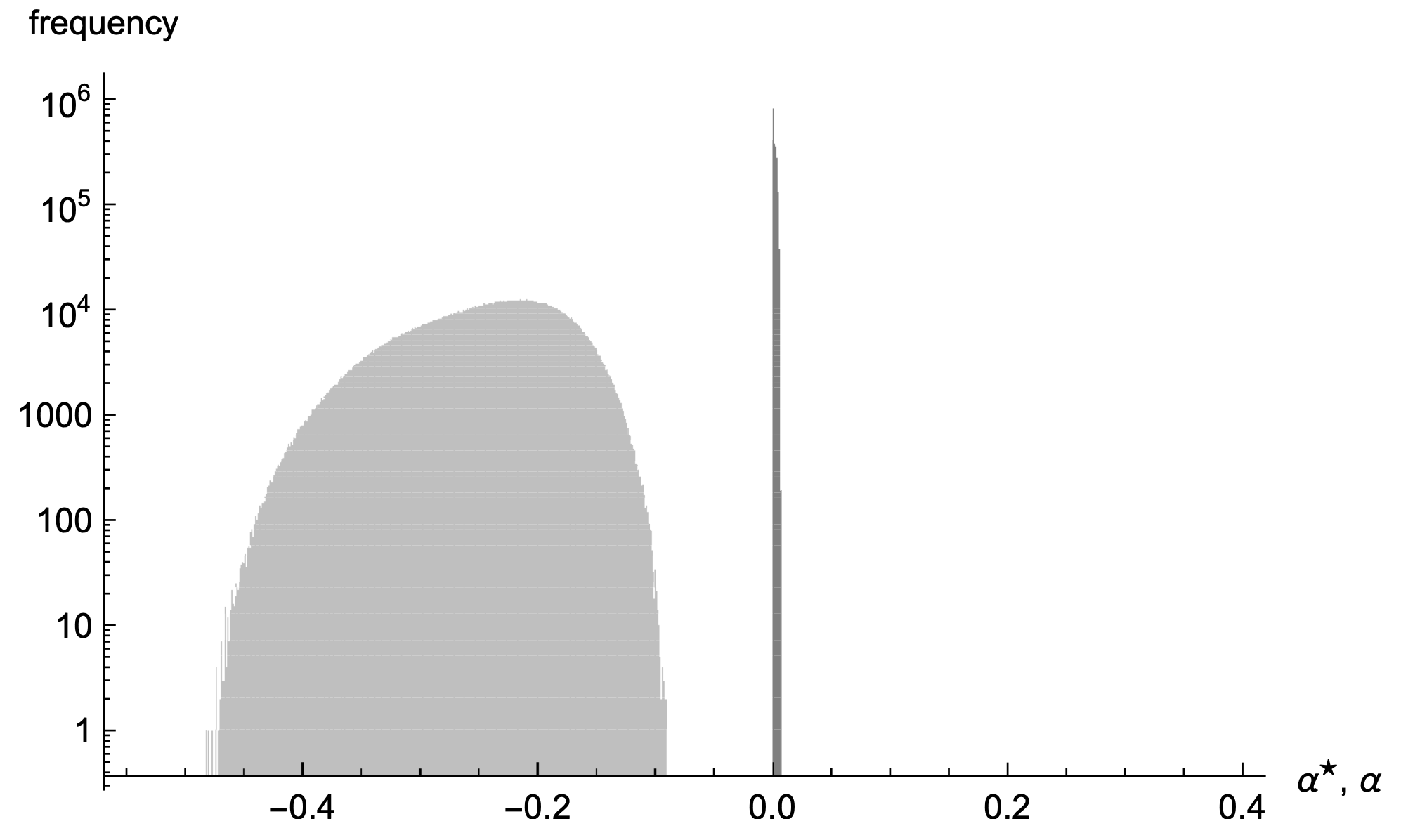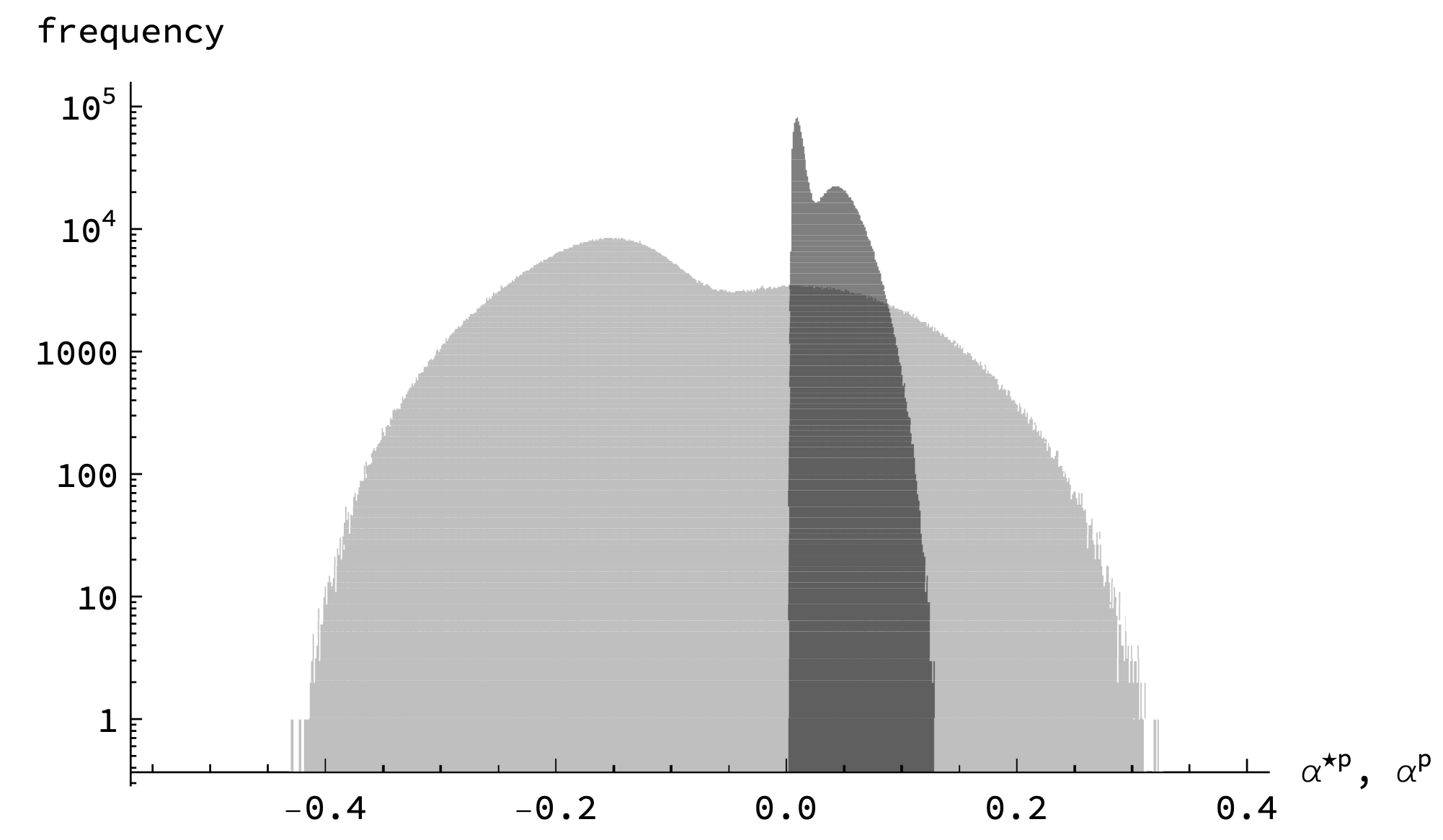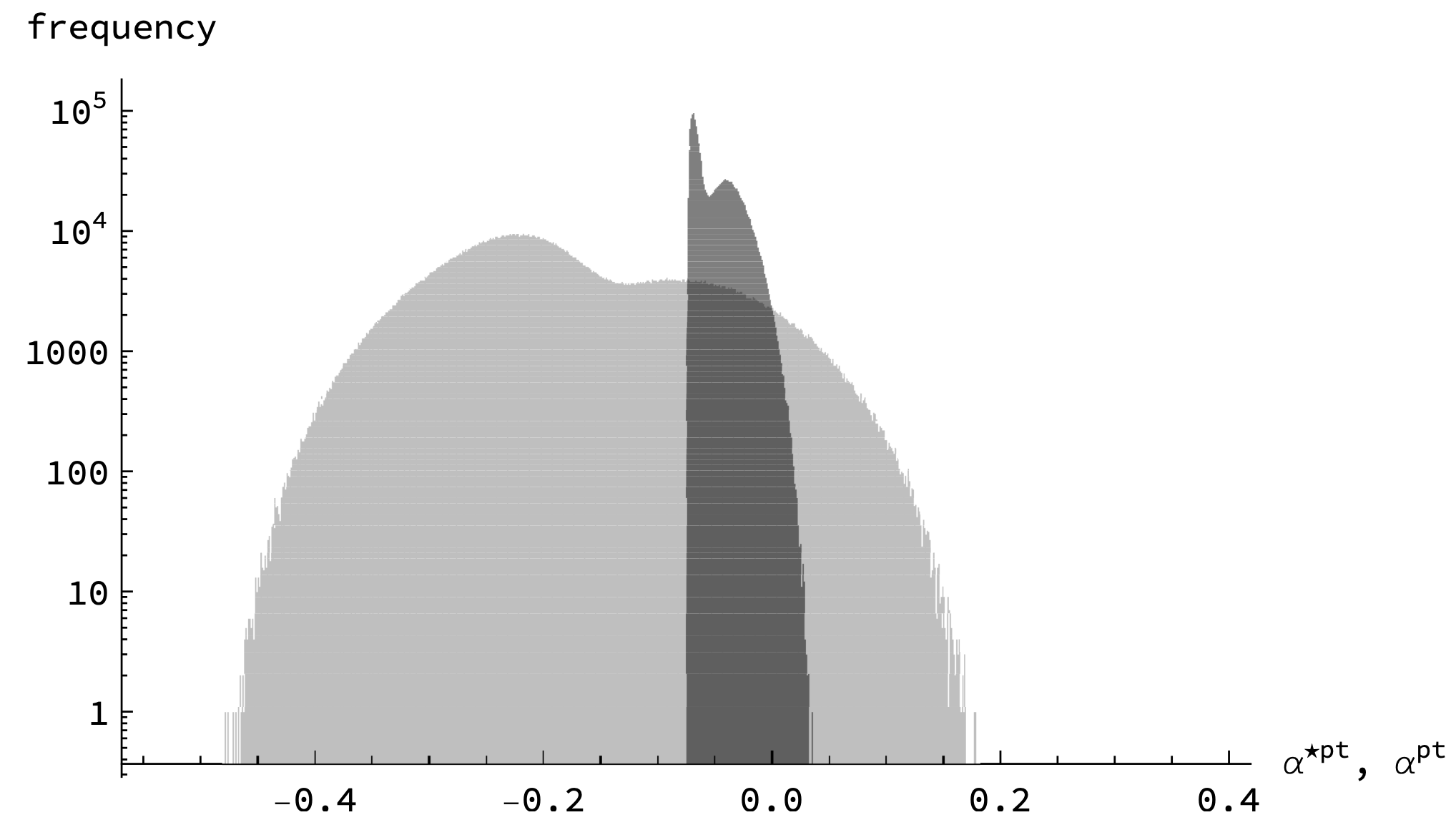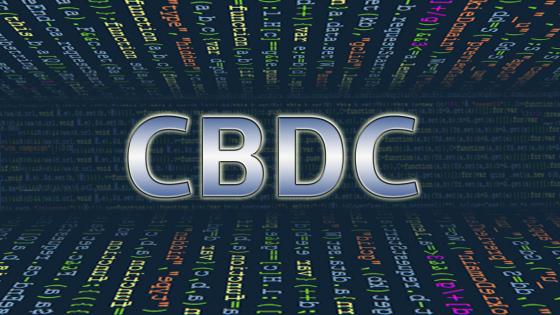The prospect of retail central bank digital currency (CBDC) has rekindled interest in the architecture of the monetary system (Niepelt 2021). Currently, this architecture exhibits two tiers: nonbanks transact using bank deposits (or claims on deposits), while banks settle payments with central bank issued reserves. CBDC subverts this two-tier system by offering the general public a digital, central bank-issued payment instrument that directly competes with deposits (e.g. Böhme and Auer 2020, Board of Governors 2022). In other words, CBDC constitutes a step towards earlier monetary architectures, in which central banks offered accounts not just to banks but also to nonbanks (BIS 2018).
Should we take that step? In a new paper (Niepelt 2023), I address this question by analysing how monetary architecture shapes the social costs of liquidity provision. I compare three different regimes: (1) a two-tier payment system like the current one; (2) a single-tier central bank digital currency based system; and (3) a hybrid architecture in which reserves, deposits, and CBDC co-exist.
I find that a two-tier system likely generates lower direct costs of payments than a CBDC-based architecture. Another downside of CBDC results from its crowding out of deposits: While the central bank can offset deposit outflows by lending to banks, this is costly due to agency frictions. The upside of CBDC is that it allows to bypass frictions in the banking sector such as deposit market power and externalities from reserve holdings. The social costs of addressing these frictions, which CBDC avoids, erode the advantage of the two-tier system.
A model of payments and bank funding in general equilibrium
I derive these results in the textbook growth and business cycle model augmented with liquidity demand, banks, and multiple costly payment instruments. Households value the liquidity of deposits and central bank digital currency. Banks exert deposit market power and invest in capital; they also hold reserves to avoid costly liquidity shortages but do not fully internalise the benefits. The central bank issues CBDC and reserves and controls their price or quantity; it may also subsidise deposits to counteract monopsony distortions in the deposit market. Cash and government bonds are unimportant.
The optimum in this economy is intuitive. Payment instruments are provided up to the point where the marginal liquidity benefit equals the marginal social cost; that is, a generalised version of the Friedman (1969) rule holds that accounts for the resource costs of payment operations.
As for the source of liquidity, the optimal monetary architecture is the one that generates the lowest effective resource costs. Depending on household preferences and payment technology this may be a fully CBDC based, deposit, and reserves based, or hybrid system.
Payment operation costs: Deposits dominate central bank digital currency
Deposits are optimally only partly backed by reserves because starting from full backing, liquidity transformation saves banks costs at the margin. CBDC-based payments therefore must be more efficient than a narrow-bank arrangement (deposits fully backed by reserves) to be competitive with deposit-based payments. The calibrated model suggests that this is not a high hurdle to overcome but sufficient to make the case for CBDC a weak one if we strictly focus on payment operations.
Figure 1 illustrates this graphically. The dark grey area represents the efficiency advantage of CBDC relative to a narrow bank arrangement (full backing of deposits with reserves) that is required for CBDC to be less costly than a two-tier system with optimum reserve holdings by banks. The second statistic (shown in the light grey area) represents the same object except that the actual reserve holdings in the US rather than the (higher) model-implied optimal ones are used. The figure displays histograms of two million realisations. The figure reports histograms because the two statistics are computed for many different calibrations, reflecting multiple data sources, and allowing for measurement error.
Figure 1 Distribution of necessary efficiency advantage to justify a central bank digital currency
Notes: The dark grey area represents the efficiency advantage of CBDC needed to make it less costly than a two-tier system with optimum reserve holdings. The light grey area displays the same object but based on actual US reserve holdings rather than model-implied optimal ones. The distributions are based on two million realisations.
The dark grey distribution indicates that a small cost advantage of CBDC over narrow banks (of less than 1%) suffices to render CBDC less costly than the best possible two-tier system. The light grey distribution in Figure 1 illustrates that CBDC could exhibit large cost disadvantages relative to narrow banks (of between 9% and 49%) and still be less costly than the status quo.
Lending frictions: Deposits dominate central bank digital currency
The advantage of deposits and reserves over CBDC becomes more pronounced when I introduce an important bank lending channel, that is, when capital investment must be funded through banks rather than the central bank. Since the central bank can pass CBDC funds on to banks by lending to them and since this decouples liquidity provision from bank lending (Brunnermeier and Niepelt 2019) a bank lending channel does not undermine our liquidity centric perspective.
But it weakens the case for CBDC if pass-through funding carries social costs.
Such costs likely exist. Political economy frictions could imply costly pressure from interest groups when the central bank lengthens its balance sheet. Information frictions could render it difficult to supply pass-through funding at adequate terms. And the central bank's insistence on scarce collateral for its loans to banks (which contrasts with the willingness of depositors to provide unsecured funding) could also give rise to social costs. Absent credible information, we assume that these costs are very high, more than an order of magnitude larger than the central bank operating costs of settling bank payments with reserves.
Figure 2 illustrates the results. As before, the dark grey and the light grey distributions represent the efficiency advantage of CBDC relative to a narrow bank arrangement that is required for CBDC to be less costly than a two-tier system. Unlike the statistics in Figure 1, the new statistics account not only for payment operations but also for pass-through costs.
Figure 2 Necessary efficiency advantages for central bank digital currency: Allowing for pass-through costs
Notes: The dark grey area represents the efficiency advantage of CBDC needed to make it less costly than a two-tier system with optimum reserve holdings. The light grey area displays the same object but based on actual US reserve holdings rather than model-implied optimal ones. These distributions allow not only for payment operations but also for pass-through costs. The distributions are based on two million realisations.
Not surprisingly, costs of pass-through funding imply that a CBDC based payment architecture must exhibit substantial efficiency advantages relative to a narrow-banking payment technology in order to make liquidity provision through CBDC cheaper than through a two-tier, deposit- and reserves-based architecture. Subject to optimal reserve holdings, CBDC operations must be between 0.24% and 14% more efficient; subject to actual reserve holdings, the required efficiency advantage lies between -44% and +33%. The case for CBDC therefore is weak if reserve holdings are optimal and mixed if they correspond to actual ones.
Frictions in the banking sector: Central bank digital currency dominates deposits
Central bank digital currency gains in appeal when we account more fully for the social costs of the two-tier architecture. We consider several sources of such costs and calibrate one. In particular, we show that, unlike in the single-tier system, optimal policy in the two-tier system requires fiscal resources or regulation to address the frictions in the banking sector. Deadweight losses of taxation or regulation therefore add to the social costs of the two-tier, but not the single-tier payment system.
When we adopt this broader perspective, the ranking of single- and two-tier architectures turns around. Intuitively, the technological advantage of fractional reserve banking over narrow banking and the social costs of pass-through funding are minor compared to the excess burden of measures to address frictions in the banking sector.
Figure 3 illustrates this result. It displays realisations of the two statistics that now also account for tax distortions or more generally, for distortions that arise in the process of addressing the frictions in the banking sector (lack of competition and reserve externalities). We quantify the resulting distortions by assuming that taxing households causes deadweight burdens of 25% per tax dollar.
Figure 3 Necessary efficiency advantages for central bank digital currency: Allowing for pass-through costs and tax distortions
Notes: The dark grey area represents the efficiency advantage of CBDC needed to make it less costly than a two-tier system with optimum reserve holdings. The light grey area displays the same object but based on actual US reserve holdings rather than model-implied optimal ones. These distributions allow for pass-through costs and tax distortions, quantified by assuming taxing households causes deadweight burdens of 25% per tax dollar. The distributions are based on two million realisations.
Compared with Figure 2, which illustrates the case with pass-through costs but no tax distortions, both distributions are shifted to the left. The dark grey distribution lies between -7.5% and +3.5% with mean and median below -5%; the cumulative density evaluated at zero exceeds 99%. The light grey distribution lies between -48% and +18% with typical values around -19%; its cumulative density evaluated at zero exceeds 94%. These results suggest that central bank digital currency subject to the operating cost structure of narrow banks (or cheaper) generates social cost savings relative to deposits, independent of whether reserves are at their optimal or actual levels.
Other findings: Non-circulating central bank digital currency and interest on CBDC
We also analyse the case for a non-circulating CBDC. When deposits are the efficient retail means of payment but a deposit tax/subsidy to steer banks' price setting is not admissible, a non-circulating central bank digital currency with a suitably chosen interest rate target can alternatively serve to discipline banks (Andolfatto 2021). We show that this mechanism only operates under certain circumstances. We also find that a non-circulating CBDC can be helpful even if a deposit subsidy is admissible; this is the case when the subsidy is more expensive than a noncirculating CBDC and tax collections are distorting.
A recurrent finding in our analysis is that the two central bank liabilities – reserves and CBDC – should pay different interest rates (distinct from zero). Intuitively, the spread on a circulating means of payment should reflect social costs and externalities, which differ between reserves and CBDC. And the interest rate on a noncirculating CBDC disciplining banks should reflect the central bank's target for the deposit rate, which reflects factors unrelated to the social costs of reserves. Implementing the optimal policy therefore requires the government to price discriminate between wholesale and retail holders of central bank liabilities.
Conclusions
We draw three main conclusions. First, it is critical to account for indirect in addition to direct social costs and benefits when ranking monetary architectures. Second, the costs and benefits we consider point to an important role of central bank digital currency in an optimal monetary architecture unless pass-through funding is necessary to stabilise capital investment and very costly.
Third, the interest rate on CBDC should differ from zero and from the rate on reserves.
References
Andolfatto, D (2021), “Assessing the impact of central bank digital currency on private banks”, Economic Journal 131(634).
BIS – Bank for International Settlements (2018), “Central bank digital currencies”, Committee on Payments and Market Infrastructures, and Markets Committee.
Board of Governors (2022), “Money and payments: The U.S. dollar in the age of digital transformation”, Federal Reserve Board, Washington.
Böhme, R. and R. Auer, (2020), “CBDC architectures, the financial system, and the central bank of the future”, VoxEU.org, 29 October.
Brunnermeier, M K and D Niepelt (2019), “On the equivalence of private and public money”, Journal of Monetary Economics 106.
Chiu, J and F Rivadeneyra (2021), “Central bank digital currency, bank intermediation and payments”, Chaptet 1 in D Niepelt (ed.), Central Bank Digital Currency: Considerations, Projects, Outlook, CEPR Press.
Friedman, M (1969), “The optimum quantity of money”, Chapter 1 in M Friedman (ed.), The Optimum Quantity of Money and Other Essays, Aldine.
Kumhof, M, M Pinchetti, P Rungcharoenkitkul and A Sokol (2023), “Central bank digital currency policies in open economies”, VoxEU.org, 19 May.
Niepelt, D (2021), Central Bank Digital Currency: Considerations, Projects, Outlook, CEPR Press.
Niepelt, D (2023), “Money and Banking with Reserves and CBDC”, CEPR Discussion Paper 18444, forthcoming in Journal of Finance.
Pigou, A C (1920), The Economics of Welfare, MacMillan and Co.






